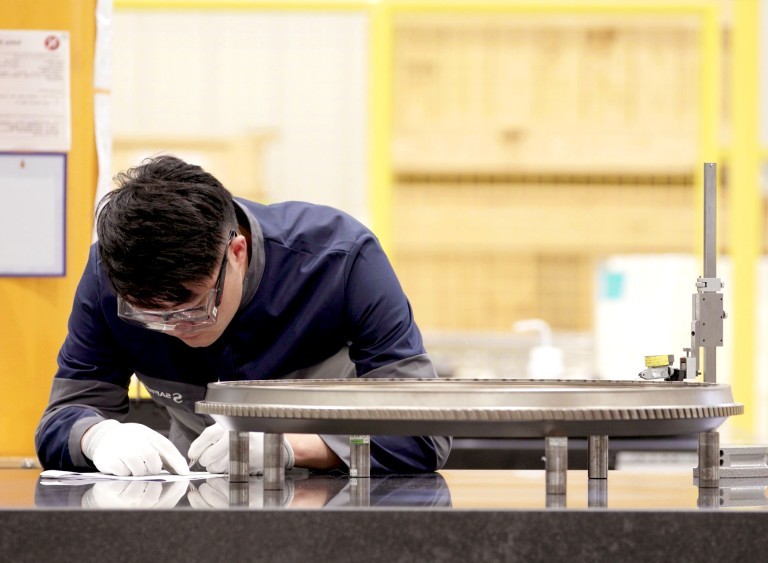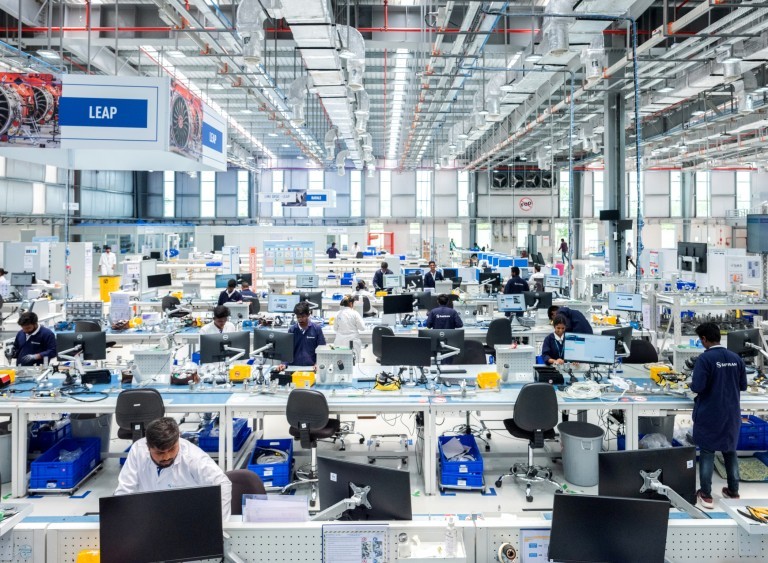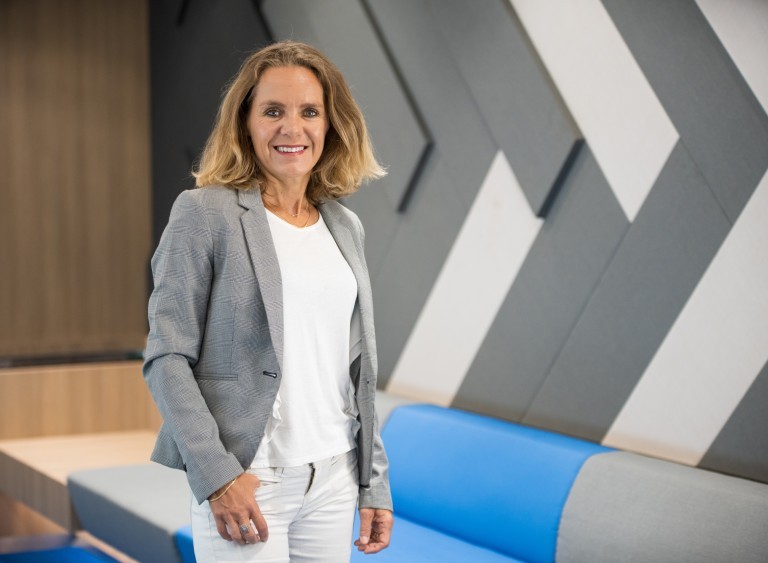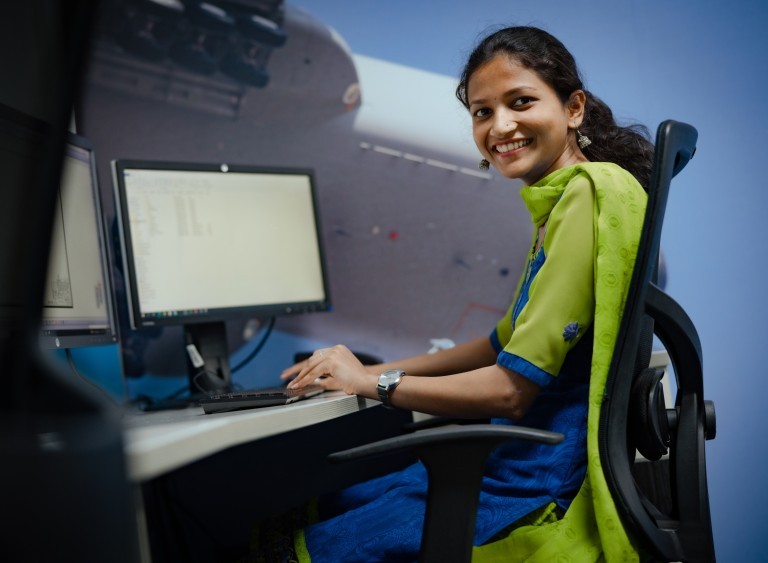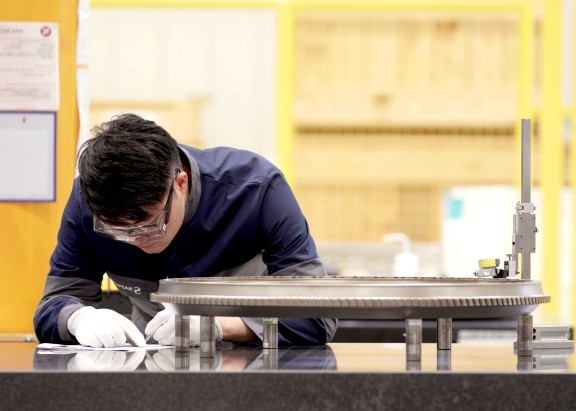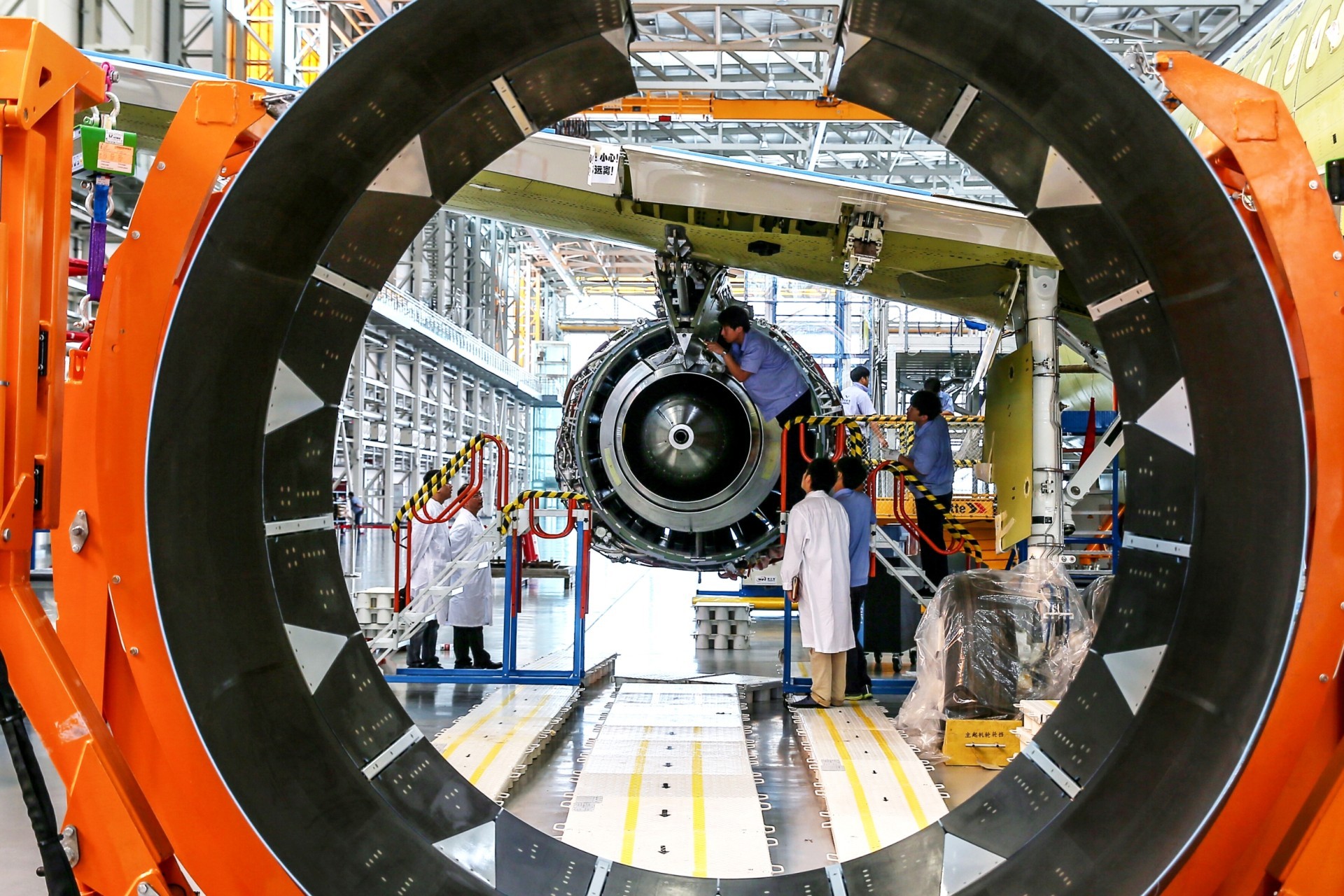
COMAC C919 certification: spotlight on the LEAP-1C propulsion system
On September 29, 2022, Commercial Aircraft Corporation of China (COMAC) was issued the Type Certificate for its C919 powered by the LEAP-1C propulsion system from Safran Aircraft Engines and Safran Nacelles. We meet the Safran teams mobilized to support COMAC ahead of service entry.
- Snapshots
- Introduction
- At a glance
COMAC’s latest airliner, the C919, was issued type certification by the Civil Aviation Administration of China (CAAC) in September. The C919 is a narrowbody airliner designed to compete with the Airbus A320neo and Boeing 737 MAX. This milestone marks the end of development and the start of production. The C919 will enter commercial service in 2023 with China Eastern, the program’s launch customer.
To power its new plane, COMAC selected CFM to develop an integrated propulsion system comprising the LEAP-1C engine from CFM International (a 50/50 joint company between Safran Aircraft Engines and GE Aerospace) and a nacelle from Nexcelle (an equal joint venture between Safran Nacelles and MRAS(1)).
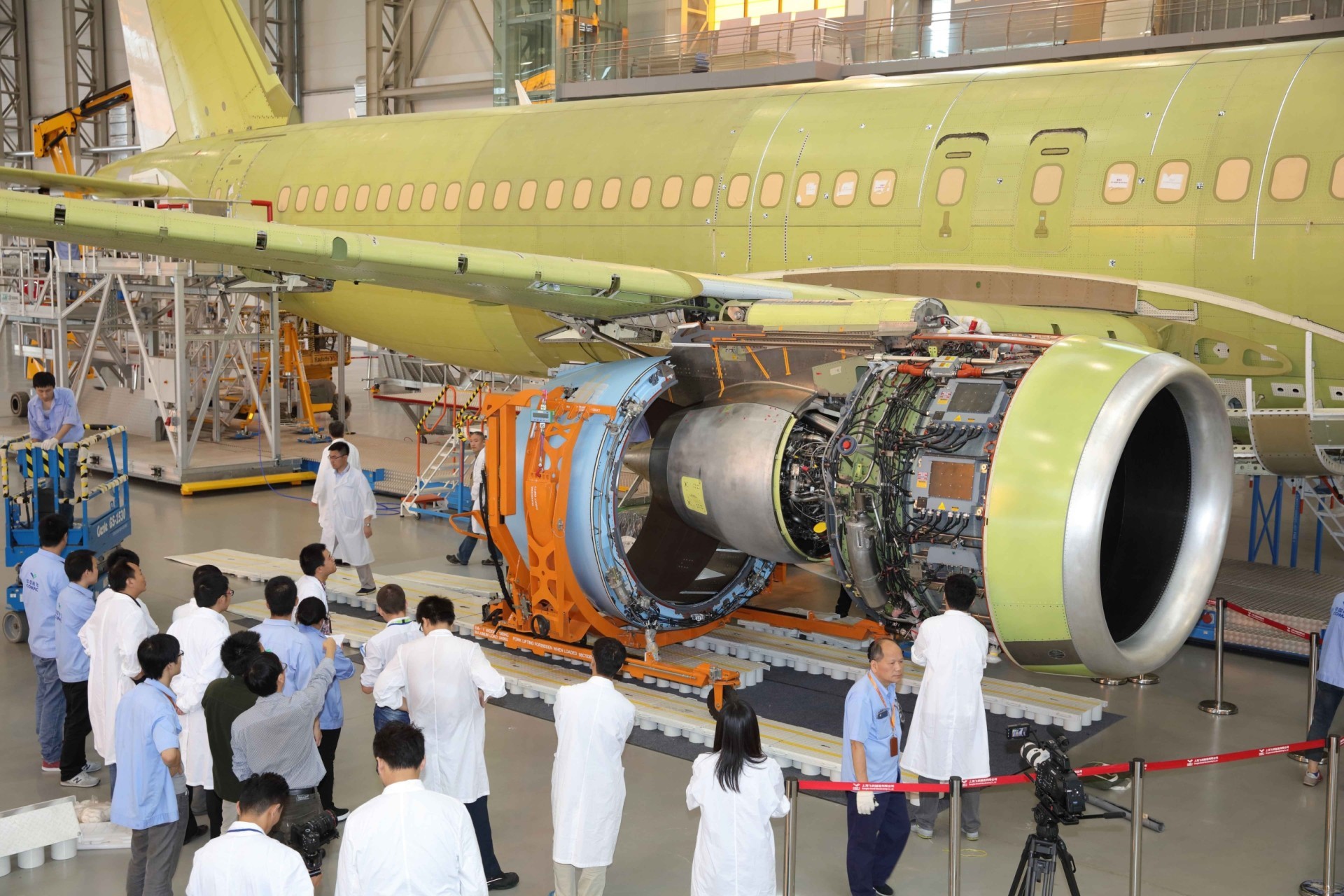
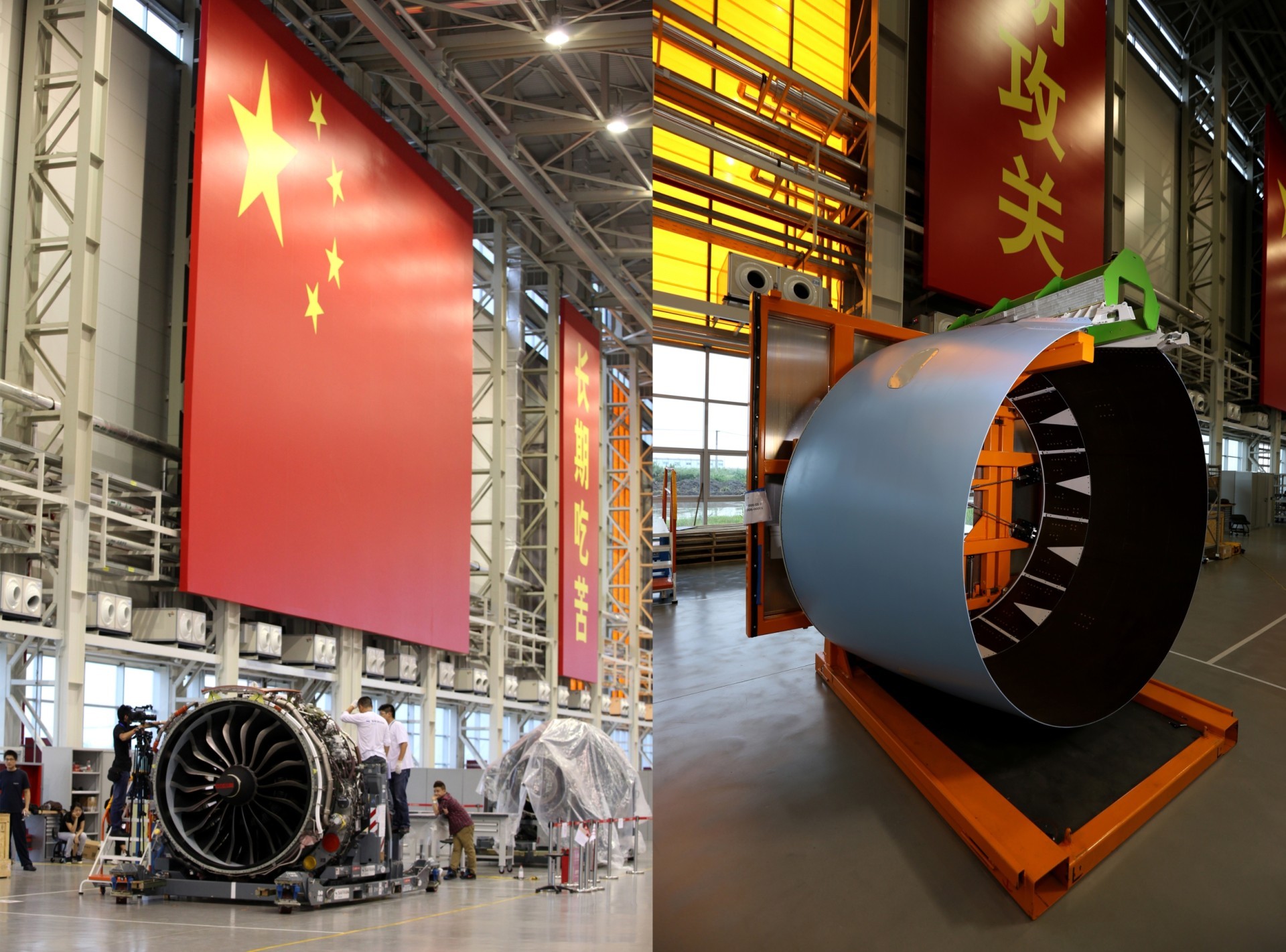
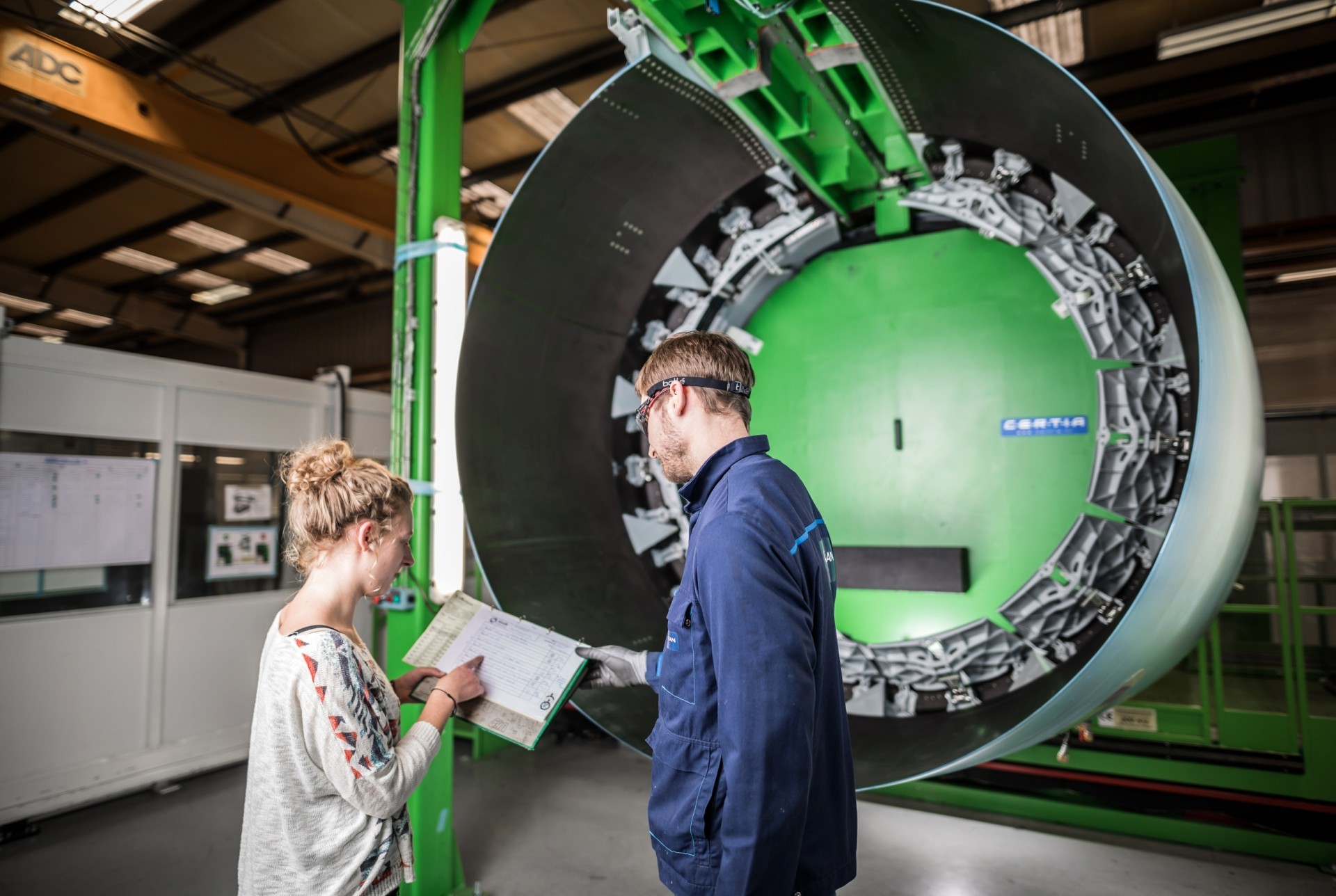
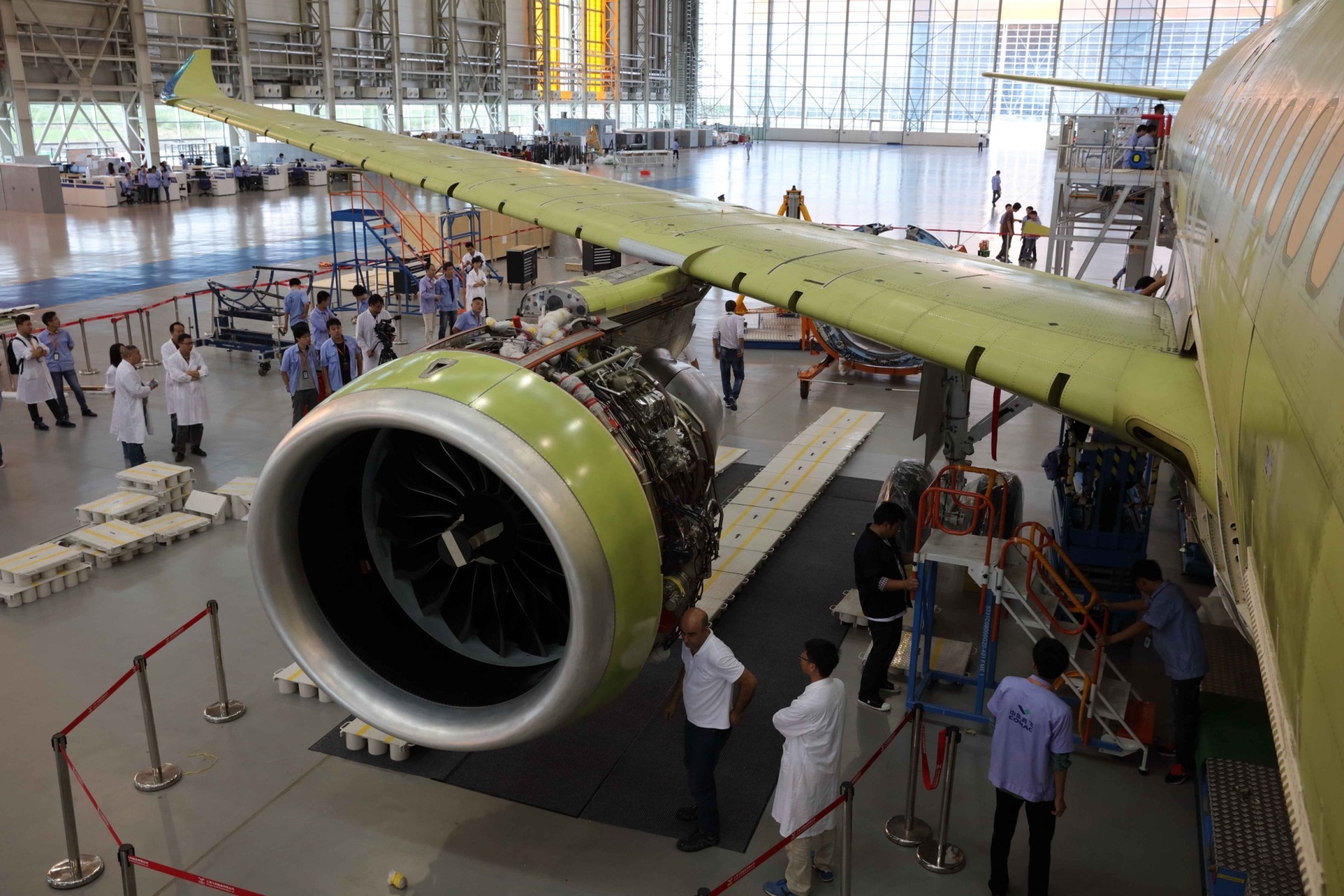
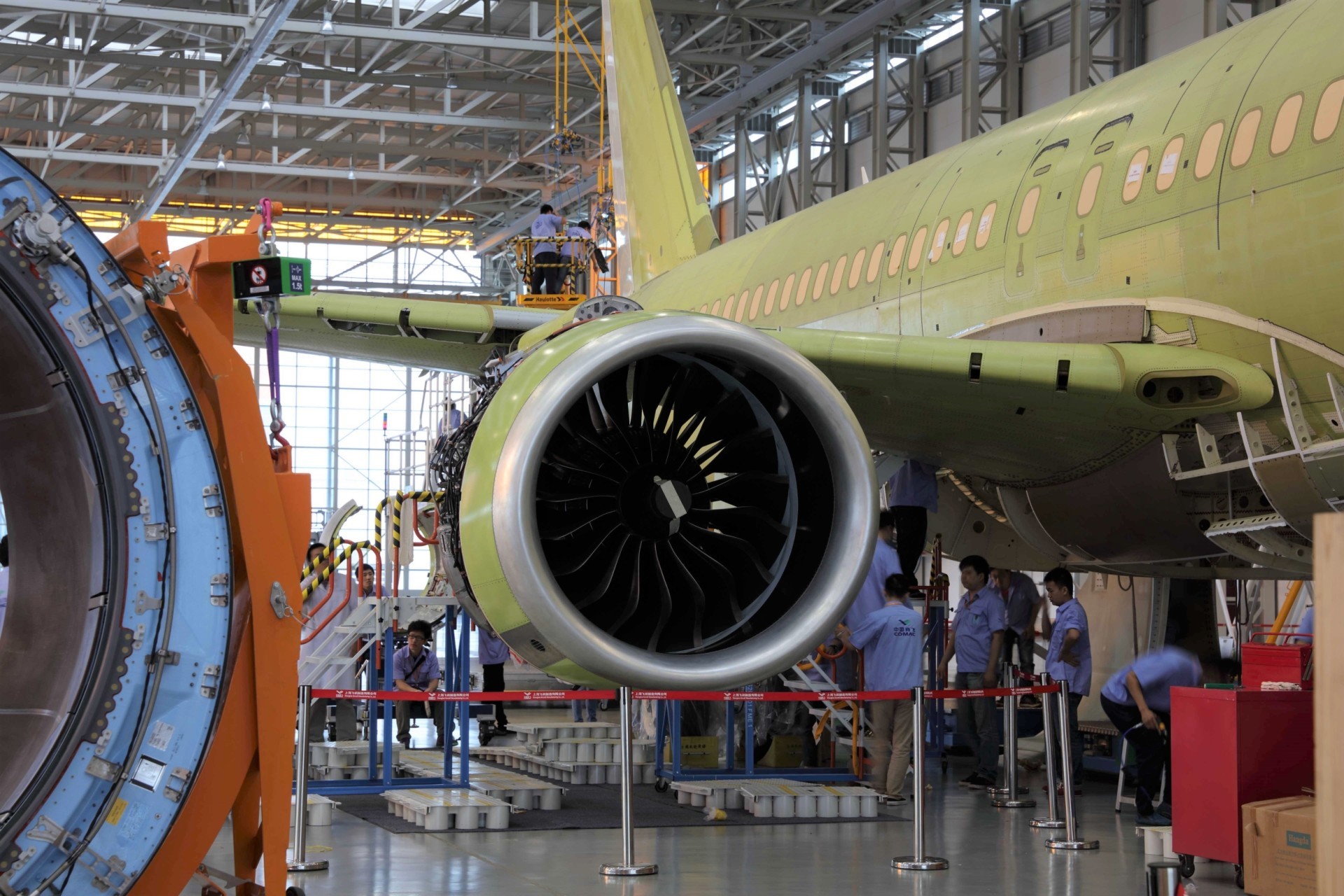
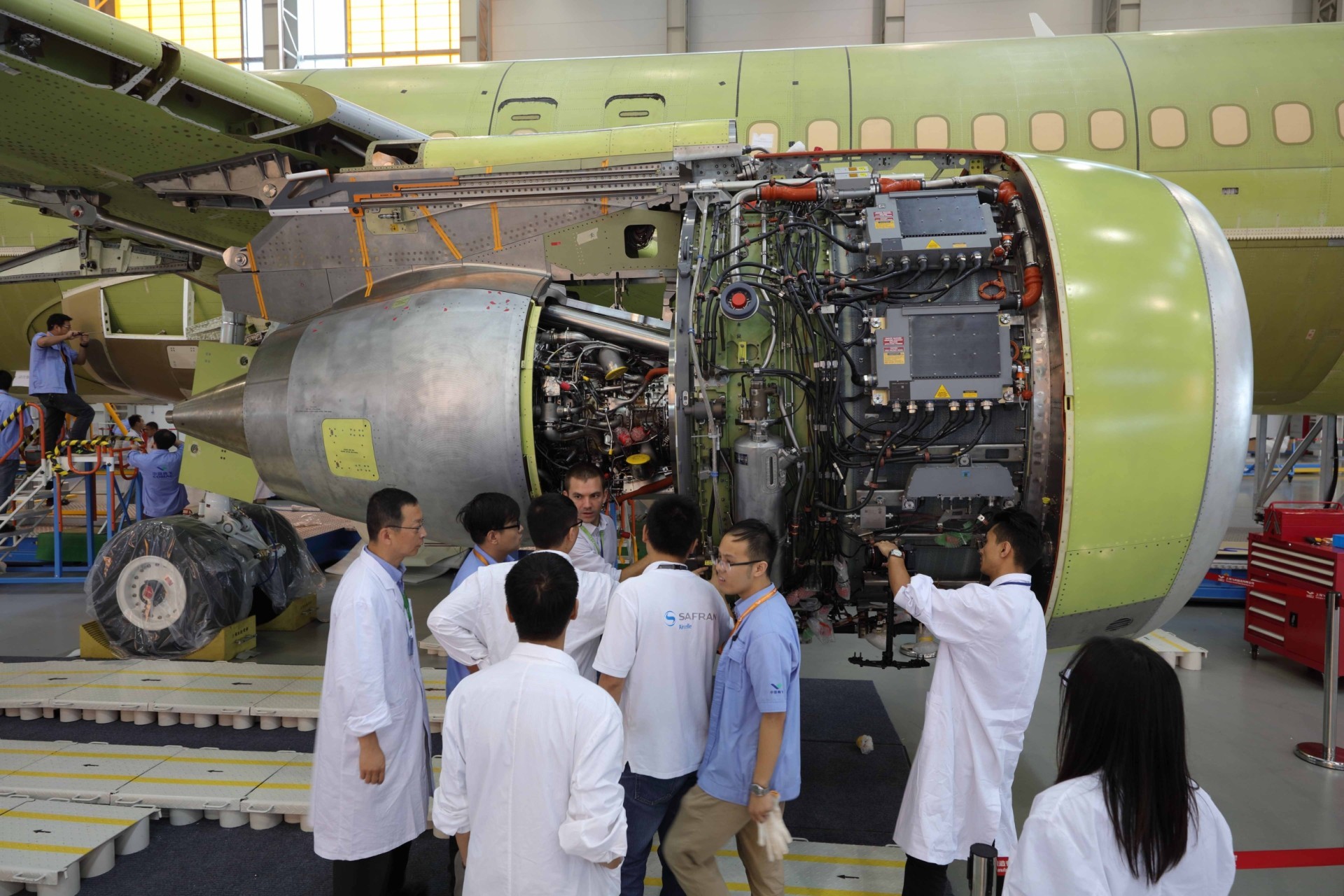
This integrated propulsion system benefits from the LEAP engine’s superlative performance, with 15 to 20% lower fuel consumption and CO2 emissions, as well as a significant reduction in noise compared to previous-generation engines. It also has a state-of-the-art nacelle with an electrically actuated O-Duct thrust reverser. This design improves the propulsion system’s aerodynamics and fuel consumption (by 0.5%, or about 300 liters on an average flight), as well as reverse thrust efficiency on landing. The C919 is the latest plane to be powered by the LEAP and the world’s first single-aisle airliner to benefit from an electrical thrust reverser actuation system. This system was designed by Safran Electronics & Defense in conjunction with Safran Landing Systems and Safran Electrical & Power.

A single team working closely with the planemaker
COMAC’s final assembly line in Shanghai is where the C919 is integrated with its propulsion system before delivery to airline customers.
A team of 13 people from Safran Aircraft Engines take delivery of the LEAP-1C engines from the company’s Villaroche site in France. They assemble various parts of the nacelle on the engine, then mount the entire system under the aircraft’s wings.
Olivier Massy

“As an engine manufacturer, the challenge is to take ownership of the design and assembly of the nacelle components. We’re supported by representatives from Safran Nacelles — we discuss engineering issues with them and share customer feedback, so we can continuously improve the propulsion system.”
Wencheng Qin

“Beyond the assembly of nacelle components, we’re closely involved in production. We put the necessary processes in place to ensure a smooth workflow, from receipt of purchase orders to delivery. Safran Nacelles and Safran Aircraft Engines colleagues work as a single team to provide COMAC with a reliable, high-performance propulsion system.”
Gearing up for service entry
China Eastern Airlines is the launch customer for the C919 and has already confirmed an order for five planes, the first of which will enter commercial service in 2023. The local Safran Nacelles and Safran Aircraft Engines teams are all hands on deck. The two companies are now working with airlines to provide them with the necessary technical documentation and on-wing maintenance support.
Maintenance is a key to the airplane’s service entry. Safran Aircraft Engines is now carrying out a full overhaul of the LEAP-1C engines already used for C919 testing, to ready them for delivery to China Eastern. Safran Nacelles has earned certification for its new maintenance shop in Suzhou, China, which will provide full MRO services for the C919 thrust reversers.
Ten Safran companies on the C919!
Safran is involved in the C919 program as supplier of major systems and equipment. They include the LEAP-1C (1) propulsion system and nacelle, (2) galleys, pilot and crew seats, lavatories, water and waste systems, passenger oxygen systems and evacuation slides. Safran also supplies the electrical wiring interconnect system (EWIS) for the C919, through Shanghai Saifei Aviation Ewis Manufacturing Co. Ltd, a joint venture established in 2012 by Safran Electrical & Power and COMAC.
Safran’s contributions to the COMAC C919
Learn more
(1) MRAS: Middle River Aerostructure Systems (ST Engineering).



